A MiddleWeb Blog
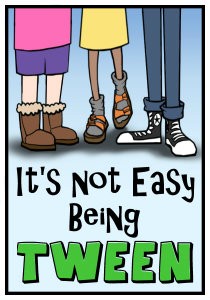 As I’ve admitted before, I am a PD junkie. Even though I have been teaching for over 20 years, I read every new book that comes out on teaching English. I feel the same way about these books as I do about attending professional conferences. If I gain one new great idea, then it was worth the price.
As I’ve admitted before, I am a PD junkie. Even though I have been teaching for over 20 years, I read every new book that comes out on teaching English. I feel the same way about these books as I do about attending professional conferences. If I gain one new great idea, then it was worth the price.
I consider each of these new ideas an ingredient that, once combined with my own seasoning, makes the special sauce that defines my classroom instruction.
Through my reading and in conference sessions, I’ve found that one curricular tradition that has taken a huge beating in the last several years is the teaching of the whole-class novel. It almost feels as if a gauntlet has been thrown down, and English teachers are forced to take sides: continue to teach whole-class novels or adopt the student choice model entirely.
I don’t believe it has to be either-or. Personally, I find that a combination of whole-class novels, free voluntary reading, and read-alouds produces the trifecta of a winning reading curriculum.
Defining the problem(s)
What I believe most people dislike about the whole-class novel approach is that (1) it continues to be the main source of reading instruction in secondary schools; and (2) for the most part, the novels are being taught badly. If these two issues are addressed, whole-class novels can have a valuable place in a middle school English class.
First things first: I like teaching whole-class novels. There, I’ve said it. Over the years, I have found the whole-class novel to be an incredible community building and learning process for my students, and I have come up with some ways that I believe make it a worthwhile experience.
You don’t have to commit Readicide when you teach a novel, so that all you’re left with is a beaten-down carcass of what was once a perfectly fine work of literature. Studentswill engage with a text if given the opportunity, guidance, and support they need.
I’m in good company
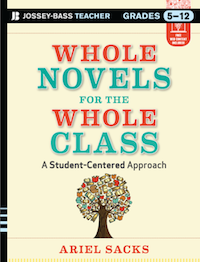 I am not alone in my thinking. Many of my professional mentors whose books line my shelves still teach whole-class novels – not as the backbone of their curriculum but as one component. Another MiddleWeb contributor, eight grade teacher Ariel Sacks, has written an entire book devoted to the topic, Whole Novels for the Whole Class. I agree with much of what she says in the book, and I also facilitate a student-centered class.
I am not alone in my thinking. Many of my professional mentors whose books line my shelves still teach whole-class novels – not as the backbone of their curriculum but as one component. Another MiddleWeb contributor, eight grade teacher Ariel Sacks, has written an entire book devoted to the topic, Whole Novels for the Whole Class. I agree with much of what she says in the book, and I also facilitate a student-centered class.
I have been teaching similarly to Sacks for several years (ever since I read Readicide and The Book Whisperer long ago) and I am happy to see her book become so successful because it means that there are like-minded teachers out there. (I also know that many of those who rally against whole-class novels still incorporate the reading aloud of entire novels – in effect sharing a group reading experience with their students.)
The way I used to teach
The first step in achieving a balance of whole-novel teaching and student choice is to quit over-teaching books and killing the love of reading. Like many secondary English teachers, I began my career by teaching novels in the same way I was taught. I assigned a chapter or two at a time with vocabulary words to define, chapter questions to answer, useless worksheets, mundane projects that I believed would add some fun, and a summative comprehension test. The problem: I hated every minute of teaching that way and the kids were bored to tears.
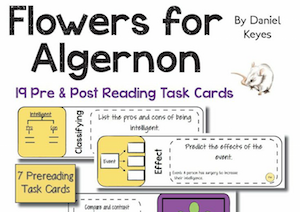 I did love English classes when I was a kid. I distinctly remember truly enjoying reading The Diary of Anne Frank, Flowers for Algernon, The Great Gatsby, The Fountainhead, Skin of Our Teeth, etc. I think loved reading and stories so much that I blocked out how mind numbing it was to complete all of the accompanying busy work. I knew this was how the game was played and I played it well
I did love English classes when I was a kid. I distinctly remember truly enjoying reading The Diary of Anne Frank, Flowers for Algernon, The Great Gatsby, The Fountainhead, Skin of Our Teeth, etc. I think loved reading and stories so much that I blocked out how mind numbing it was to complete all of the accompanying busy work. I knew this was how the game was played and I played it well
I do remember somewhat enjoying the teacher guiding us toward his or her interpretation of the work and the rare opportunities for class discussion.
Discovering a novel together
Later, in my classroom, I wanted to capitalize on student discussion and discovery. I was already moving toward eliminating rote work when the right book appeared at the right time. Thank goodness for Kelly Gallagher’s Readicide for giving me research-based permission to do what I’d always felt was right for students.
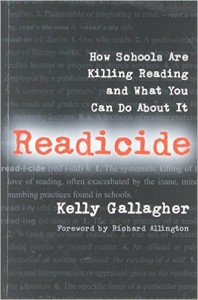 In Chapter 4 of Readicide, Gallagher discusses finding the “sweet spot” of instruction by achieving the right balance between the over-teaching and under-teaching of books. My quest for the sweet spot involves teaching a whole-class novel in a way that provides depth of thought, development of literacy skills, and student engagement.
In Chapter 4 of Readicide, Gallagher discusses finding the “sweet spot” of instruction by achieving the right balance between the over-teaching and under-teaching of books. My quest for the sweet spot involves teaching a whole-class novel in a way that provides depth of thought, development of literacy skills, and student engagement.
Like Goldilocks, I am searching for what feels “just right.” I am constantly refining my methods and have come up with some techniques that are working for me. Not only do my students enjoying reading a novel together in class, they also are able to meet and exceed the required standards.
Inclusive learning
Because of my background as a special education teacher, I often joke that I teach all of my students as if they are gifted students with learning differences. I say this in jest, but I truly do use the same techniques that I used to meet the needs of students on both ends of the continuum. I scaffold the learning so that each student can be successful while providing innovative, high-interest activities to satisfy their innate curiosity and drive.
Below are some of the supplemental activities, in addition to discussing the novel, that I used when I taught an 8th grade science fiction unit revolving around Lois Lowry’s The Giver. It is important to note that I never spend more than three or four weeks on a novel. I have a short attention span.
The Giver: Reading the Whole Book
Prior to reading:
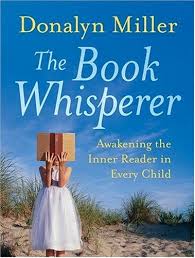 As a class, we discussed the idea of Utopian societies and how they have been attempted over the course of history.
As a class, we discussed the idea of Utopian societies and how they have been attempted over the course of history.- Students worked in groups to develop their own Utopian society including such items as a flag with a representative symbol, a constitution of their beliefs, an advertisement of their unique assets, and a set of rules to be followed.
During reading:
- We practiced storytelling using a favorite family memory.
- We determined current milestone birthdays and their societal meaning.
During and after reading:
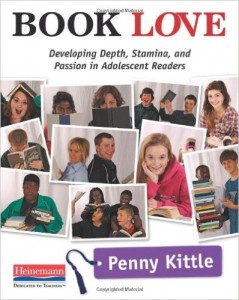 We read additional science fiction such as Vonnegut’sHarrison Bergeron, and we watched a couple of Twilight Zoneepisodes (“Number 12 Looks Just Like You” and “Eye of the Beholder”). We listened to the songs “One Tin Soldier,” “Utopia,” and “Imagine.” We discussed the hippie movement and its goals. We compared and contrasted these in discussions of the ideas of total equality and the definition of perfection.
We read additional science fiction such as Vonnegut’sHarrison Bergeron, and we watched a couple of Twilight Zoneepisodes (“Number 12 Looks Just Like You” and “Eye of the Beholder”). We listened to the songs “One Tin Soldier,” “Utopia,” and “Imagine.” We discussed the hippie movement and its goals. We compared and contrasted these in discussions of the ideas of total equality and the definition of perfection.- We debated whether it would be good or bad to have our negative memories removed.
- We made connections to global, modern society today.
Help from touchstone texts
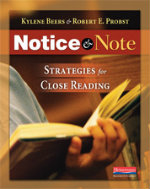 Since I last taught The Giver, two things have happened. First, I moved across the country and now teach sixth grade and a different set of novels. Second, I read Notice and Note: Strategies for Close Reading by Kylene Beers and Bob Probst, a book that has, once again, helped me add depth of thought to my reading instruction.
Since I last taught The Giver, two things have happened. First, I moved across the country and now teach sixth grade and a different set of novels. Second, I read Notice and Note: Strategies for Close Reading by Kylene Beers and Bob Probst, a book that has, once again, helped me add depth of thought to my reading instruction.
This book, along with Readicide, Book Love, and The BookWhisperer, are my touchstone texts that each came along at the right time and gave me the exact tools I needed.
In my next article, I will share how I scaffold our whole-class novel experiences from the beginning to the end of the year to achieve a gradual release of responsibility.
Meanwhile: Are you teaching whole novels? And if so, what are some of your strategies?
You need to be a member of School Leadership 2.0 to add comments!
Join School Leadership 2.0